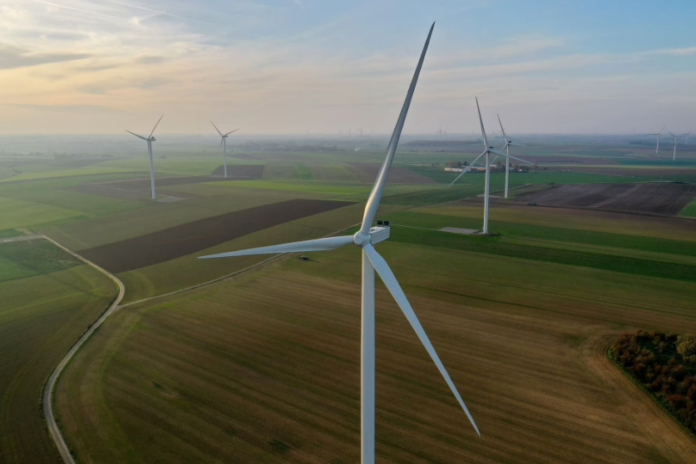The European Union estimates it will need to more than double its electricity generation by the middle of the century and boost renewables to reach its ambitious goal of climate neutrality, according to Bloomberg.
To pursue emissions reduction targets recommended by scientists for the next decade, power production will need to increase to 5,212 terawatt-hours by 2040, from 2,905 TWh in 2021, according to an analysis done by the European Commission.
Output would need to further expand to 6,922 TWh by 2050 as consumers increasingly rely on electric vehicles and turn to power for home heating, while utilities use more renewables as an energy source.
The Commission, the EU’s executive arm, is currently drafting a climate roadmap for 2040 and is set to recommend a 90% pollution cut from 1990 levels. The building blocks for the planned target include further growth of renewables, energy savings and accelerated use of green technologies.
“The coming decades require a significant increase in electricity supply, mainly due to the increasing electrification of end-use sectors,” the EC said in its study on the impacts of the new goal, which was seen by Bloomberg News. The need to power green energy initiatives such as renewable fuels and direct-air carbon capture will also add to electricity demand.
The blueprint for the next decade is set to be adopted on February 6, marking the first stage of a debate with member states on how to design future policies and objectives. The EU has a policy of not commenting on unpublished documents.
The new target recommended by the commission, which would be in line with advice from its scientific board on climate, will require average annual investment in the energy system of around €1.5 trillion, according to the study.
In the so-called impact assessment, the commission said that the accelerated deployment of clean technologies such as wind turbines, solar panels and batteries also means the EU will require a huge ramp-up in supplies of critical raw materials.
Under the scenario of a 90%-95% pollution cut, the bloc will need up to 500,000 tons of copper each year in the decade through 2040, including 125,000 tons for wind alone, the commission estimated. That compares with global copper demand of 26 million tons in 2022, according to the International Energy Agency.
Batteries for electric vehicles and stationary batteries would require up to 80,000 tons of lithium and 60,000 tons of cobalt per year, the Commission said. Global lithium demand in 2022 was 130,000 tons, and cobalt demand was around 200,000 tons, it said.
The EU currently has a binding goal of cutting greenhouse gases by at least 55% by 2030. Keeping its green measures unchanged, the 27-nation bloc would lower its discharges by 88% in 2040, according to the impact assessment.
Among other highlights from the study:
- A target of 90%-95% net emissions reductions would see final energy consumption shrinking to 604 million tons of oil equivalent by 2040 and 555 million by 2050, from 764 million in 2030
- The share of renewables is projected to rise to 89% in 2050 from 42% in 2030
- EU energy import dependency would drop to 15% by 2050 from 50% in 2030


